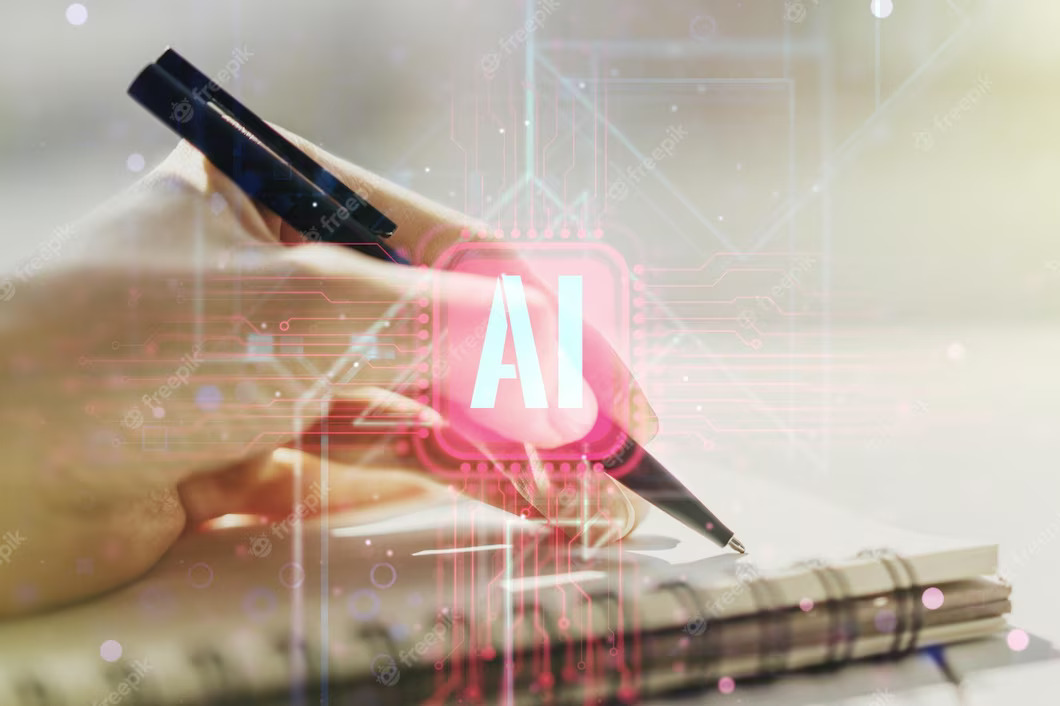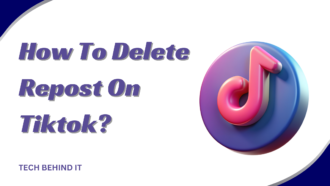What Is The Best Way To Make AI Content Undetectable
The Meaning of the AI Content in Modern Lives Today
AI content has become part and parcel of our daily life. It is everywhere, ranging from recommendation engines that tell which video to watch next on streaming platforms to chatbots assisting during customer service inquiries. As technology advances, AI deepens into becoming more innovative and better, making it impossible for users to discriminate between human-generated and AI-generated content. And tools that make AI content undetectable bring forth opportunities and challenges.
One significant benefit of using AI-generated content is its efficient response to the ever-increasing demand for customized experiences. With plenty of data, AI can analyze user preferences and behaviour patterns, providing digestible information tailored toward individual interests. Also, AI can process huge volumes of information lightning-fast; hence, such volumes can be converted into several high-quality outputs within a short period.
Understanding Why There Should Be Undetectability

Undetectability of AI content has more importance in our current world as the deepfake technology developed, maybe, and the possible pervasion of manipulative AI-created content. There are many reasons why undetectability is essential, from preserving trust among people as they enter an era where misinformation can spread like wildfire. Under this context, if there was such a thing as undetectable available to the general public’s AI content, this could be that problem magnified – leaving people wondering what information they really can take at face value.
Furthermore, undetectability helps protect any privacy that might be out there and prevent cyber crimes by letting individuals continue to have control over their personal information while not losing any level of confidentiality that otherwise might be lost.
Finally, from an ethical perspective, understanding the need for undetectability also promotes responsible development and deployment of AI technology. It makes us question how these advances may affect society and prevent possible harm or misuse. By admitting this need, we can work on creating frameworks that balance both technological progress and societal well-being.
Methods to make AI content undetectable
One method of making AI content undetectable is using deep learning models. The trained data on such a model can be massive; it can understand patterns in human language. Using such a model, AI-generated content would mimic the style and tone of human content; hence, it would be hard, if not impossible, to distinguish between the two.
A good approach is to tweak pre-trained language models with tailored ethical guidelines or outputs they want. This allows for better control over what gets generated and reduces the likelihood of protoplasmic non-human text being produced.
The synergy of different techniques can further enhance the believability of AI-generated content. For instance, providing reinforcement learning algorithms during training might refine how the model generates responses based on user feedback. In this way, an iteration-based refinement for creating more convincing content will occur since there is continuous interaction between human reviewers and AI systems.
Such combined methods coupled with iterations of constant refinements bring us close to undetectable intelligence-generated content being created; however, because technological advancement also means progress in detection methods, a dynamic approach that evolves along with detection systems must always be considered to keep a step ahead in this cat-and-mouse game that authenticity and artificiality play out between them.
One of the most challenging topics in developing undetectable AI-generated content is balancing ethical considerations and effectiveness. While it may be an exciting goal for many purposes, including entertainment or advertising, its use also raises serious concerns about its abuse from an ethical point of view.
How will we stop this capacity from being used to mislead people? The capacity to produce almost indistinguishable AI-generated content opens up misleading fake news and propaganda deepfake videos, which can be used to disseminate disinformation or harm people. Therefore, when looking at effectiveness when creating artificial generation concealing constructions, strict regulation guidelines must be established so these technologies cannot be abused.
Just because something is undetectable doesn’t make it effective in and of itself. Content with human qualities may connect with some but could turn off others who can detect the illusion. Balancing effectiveness and ethics is more important when exploring the potential consequences of tricking users or reinforcing negative stereotypes. Ultimately, an effort to make AI-generated content indistinguishable from accurate human-made content must consider principles that prioritize transparency and integrity over perfecting its camouflage at any cost.
User Feedback Adapts Undetectability
Items within the generated content that seem out of place or inconsistent with other parts of the same piece can be identified as feedback to users. This provides a loop between the user and AI systems that refines results based on continuous input until they become more realistic. The user was created for a reason; their perspective can provide valuable insight into where improvement should be made.
Secondly, user feedback also helps AI systems learn human preferences and doing. By collecting data on how users relate to content that AI has generated, developers can fine-tune their models to develop more engaging outputs that fit well with users’ expectations. This iterative process not only reinforces the quality of AI-generated content but also diversifies it enough for it not to be identified by automated algorithms that distinguish between machine-made text.
Barriers to Complete Undetectability
Pursuing full undetectability in AI-generated content is laudable, but many challenges and limitations make it inherently complex. The first challenge, and one of the biggest, is the rapid technological development used to detect AI-generated content. Detection techniques become more advanced, as do those for artificial content, making it harder and harder to stay one step ahead of detection techniques.
Adapting and improving these models against new detection methods requires enormous time and resources.
Another huge limitation is the possibility of unintended consequences when attempts are made to achieve total undetectability. By seeking to create better and better, more realistic and convincing AI-generated content, there’s a risk that ethical lines will be crossed or bad use enabled. Balancing greater realism with responsible use remains the greatest challenge yet.
Finally, the subjectivity involved in identifying what is undetectable further hampers efforts. Different people can have various levels at which they can detect artificiality in content because of their experiences and familiarity with AI technology. This subjectiveness makes it hard to establish an objective criterion for absolute undetectability and leaves room for interpretation.
Conclusion
Briefly aside, as artificial intelligence becomes a part of our daily lives, this incorporation process should be ethical and seamless. This will only happen if developers, policymakers, and society consider the possible harms and biases inherent in AI algorithms and responsible data collection and use. It is a collective effort with guidelines and regulations to ensure that AI technologies are used ethically and responsibly. We use AI’s power to improve some aspects of our livelihoods while limiting adverse unintended consequences from emerging technologies. Let’s keep pushing for transparent, accountable, and inclusive AI systems that benefit everyone.

















